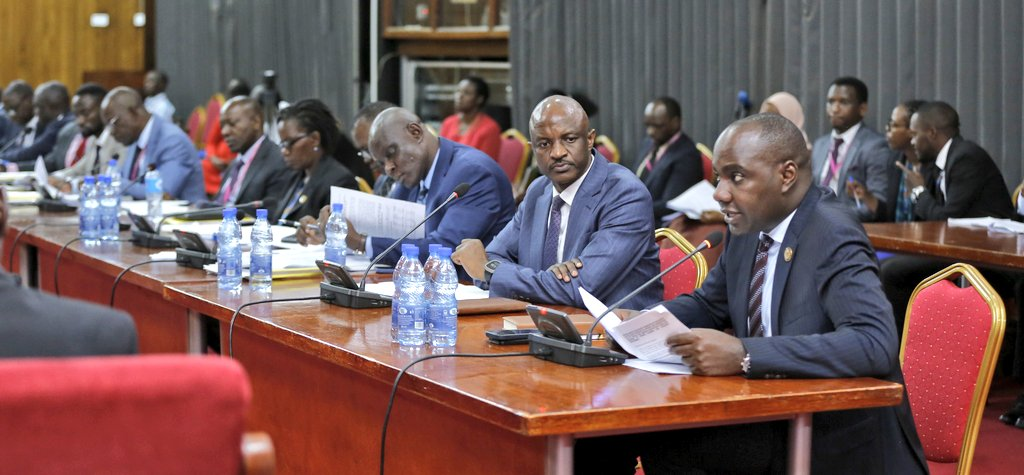The Ministry of Finance, Planning and Economic Development has reaffirmed its commitment to clear all outstanding domestic arrears within the next three years.
Appearing before the Budget Committee, Minister of State for General Duties, Henry Musasizi, announced that the government has allocated UGX 1.4 trillion in the 2025/26 financial year as a down payment across all categories of arrears.
According to the Auditor General’s report, domestic arrears increased from UGX 10.5 trillion in the 2022/23 financial year to UGX 13.81 trillion by the end of 2023/24. However, Musasizi clarified that UGX 8.313 trillion of this amount—meant for Bank of Uganda redemptions—has already been provided for in the 2024/25 budget.
“This means the outstanding arrears stock stands at only UGX 3.854 trillion,” the minister stated. “At this rate, we are on track to clear the remaining arrears within three financial years.”
Domestic arrears refer to unpaid government obligations for goods, services, and works delivered, but not settled, by the end of a financial year. These are owed to contractors in sectors such as road infrastructure, construction, and the travel industry—who collectively account for more than half of the total arrears.
In a bid to streamline payments, the ministry recently announced it was ending “tokenism” in arrears budgeting—where small, insufficient allocations were made without addressing the overall debt burden.
Acting Accountant General Godfrey Ssemugooma told Parliament that future budgets would now include substantial allocations to meaningfully address arrears. His statement followed concerns from MPs over the rising domestic debt, which climbed from UGX 10.3 trillion in June 2023 to UGX 13.8 trillion in June 2024.
Minister Musasizi reiterated that the UGX 13.8 trillion figure includes the UGX 8 trillion owed to the Bank of Uganda, which has already been catered for in the budget.
Delayed payments are negatively impacting private sector players, with many companies unable to reinvest in their operations due to the government’s outstanding obligations. However, the ministry has pledged to reverse this trend.
Last year, only UGX 200 billion was allocated for arrears, a pace MPs warned could take over a decade to clear existing debts. In response, Treasury Secretary Ramathan Ggoobi stated that no further domestic arrears would be allowed to accumulate. He also warned accounting officers against signing contracts without prior funding commitments.
The total resource envelope for the 2025/26 fiscal year is projected at UGX 71.9 trillion, a 25% increase from the initial UGX 57.4 trillion projection. This reflects the government’s alignment with the National Development Plan IV (NDP IV) priorities.
Of this amount, UGX 18.509 trillion has been earmarked for strategic growth sectors under the ATMS framework. These sectors include:
- Agro-Industrialization
- Tourism Development
- Mineral-Based Industrial Development (including Oil and Gas)
- Science, Technology, and Innovation (including ICT and the Knowledge Economy)
“These allocations will fund high-impact projects under ATMS and its enablers, in line with the tenfold growth strategy,” Musasizi told the Budget Committee. He emphasized that only projects compliant with the Public Investment Management System (PIMS) framework would be considered for funding.


